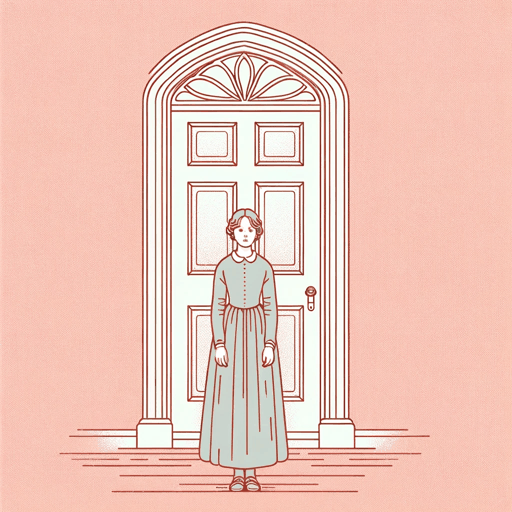67 pages • 2 hours read
Charlotte BrontëVillette
Fiction | Novel | Adult | Published in 1853A modern alternative to SparkNotes and CliffsNotes, SuperSummary offers high-quality Study Guides with detailed chapter summaries and analysis of major themes, characters, and more.
Symbols & Motifs
Storms
Pathetic fallacy is a literary device where inanimate objects are given humanlike traits to reflect the mood of the work’s characters. In Villette, author Charlotte Brontë uses violent weather events to emphasize crucial moments in Lucy’s life and to mimic her afflicted mental state. Though Lucy’s name evokes peaceful wintry precipitation, many of the turning points in her life coincide with fierce storms. A raging downpour precedes the arrival of Polly at Bretton. Early in Lucy’s stay at Rue Fossette, she opens her window to a wild tempest, almost inviting it inside while the other boarders tremble with fright. After her bout with depression and illness, a menacing squall delivers Lucy to the doorstep of the Brettons. As Lucy learns the truth of M. Paul’s past, a deluge begins outside. The reader comes to recognize the gathering of storm clouds as foreshadowing major changes in the life of the protagonist.
These deluges culminate in the final storm that robs Lucy of her future with M. Paul. The author foreshadows this outcome during Lucy’s illness, which manifests with fevered hallucinations of shipwrecks. She gives few details of M. Paul’s end but says, “Not till the destroying angel of tempest had achieved his perfect work, would he fold the wings whose waft was thunder—the tremor of whose plumes was storm.
Related Titles
By Charlotte Brontë



